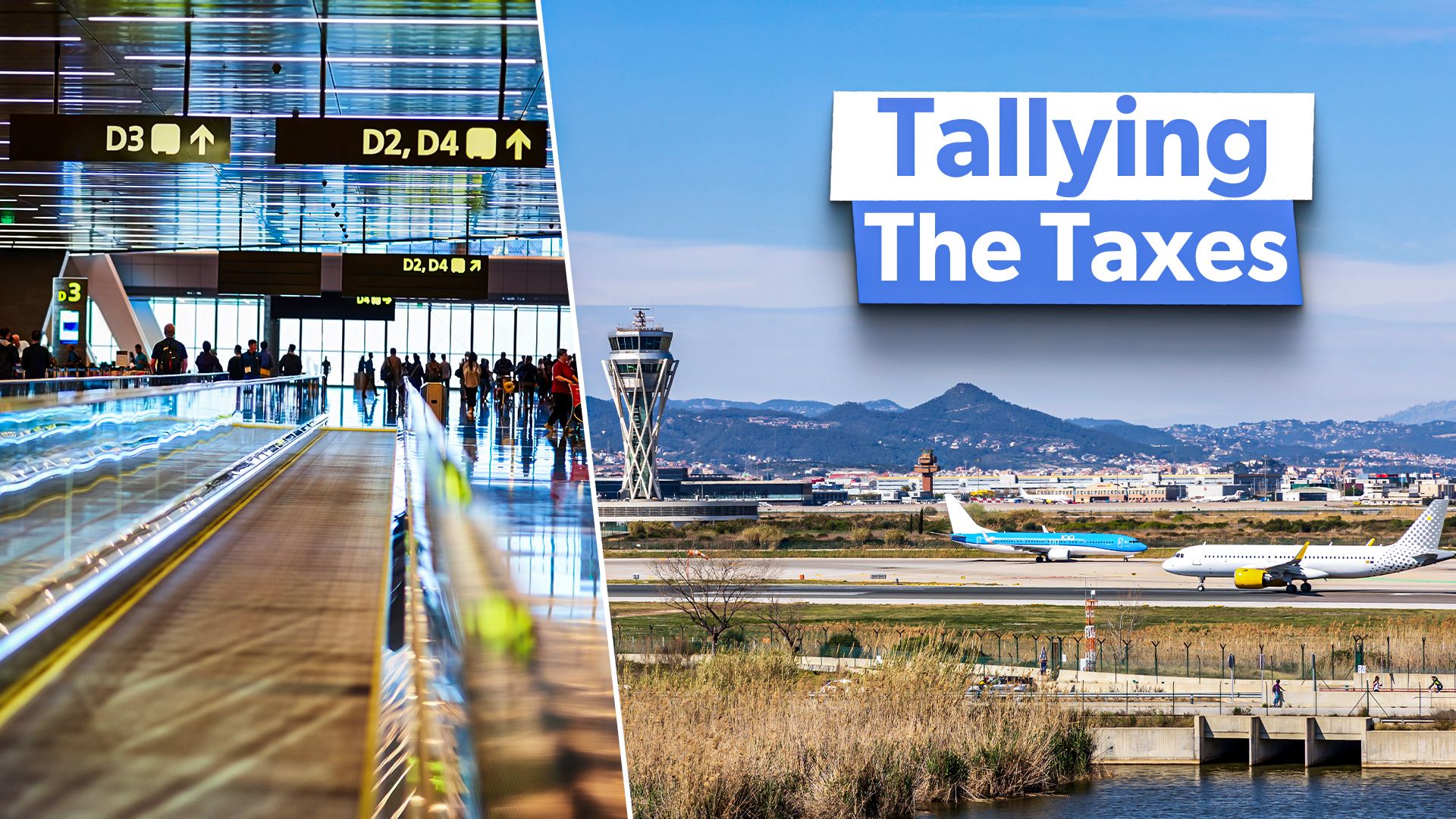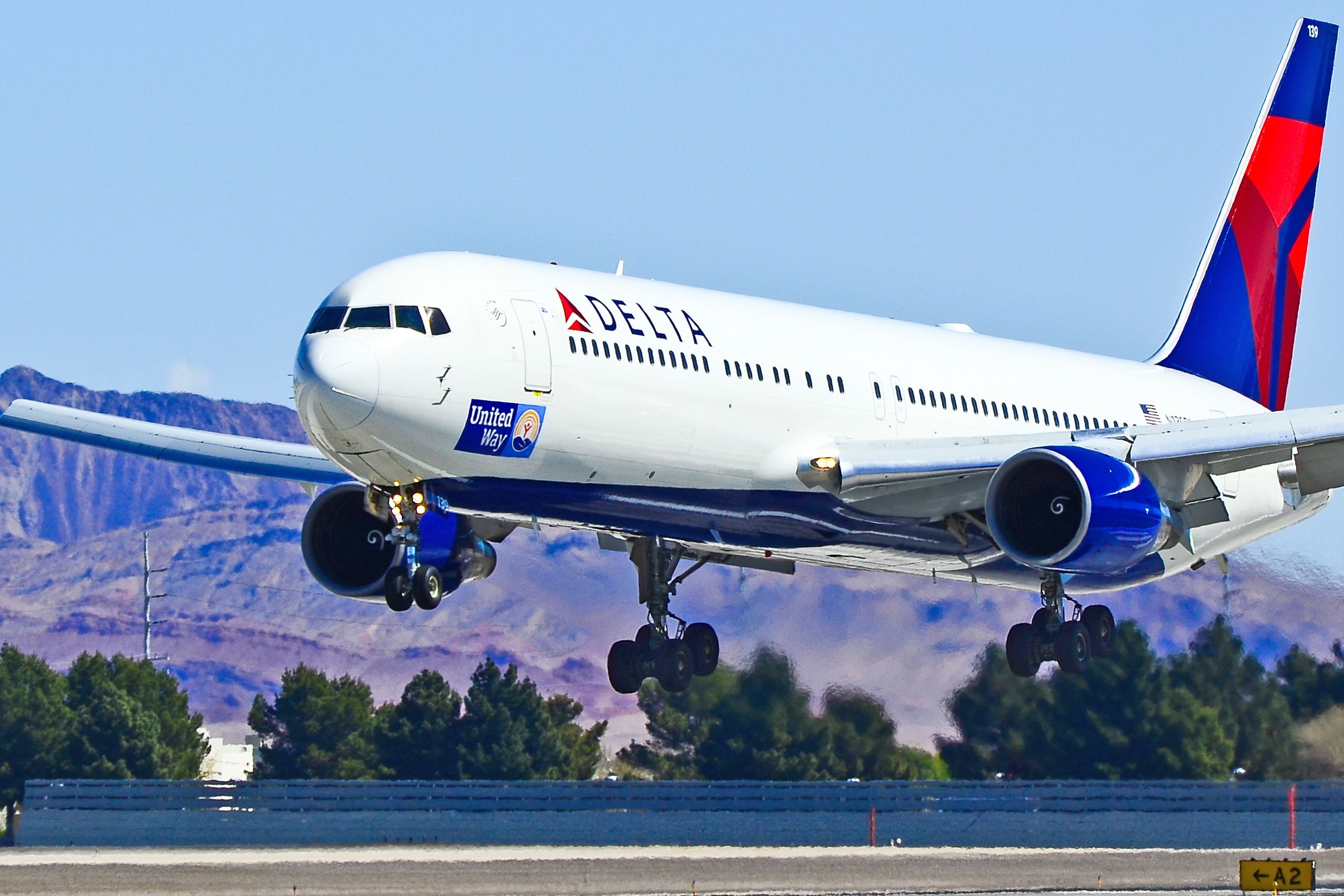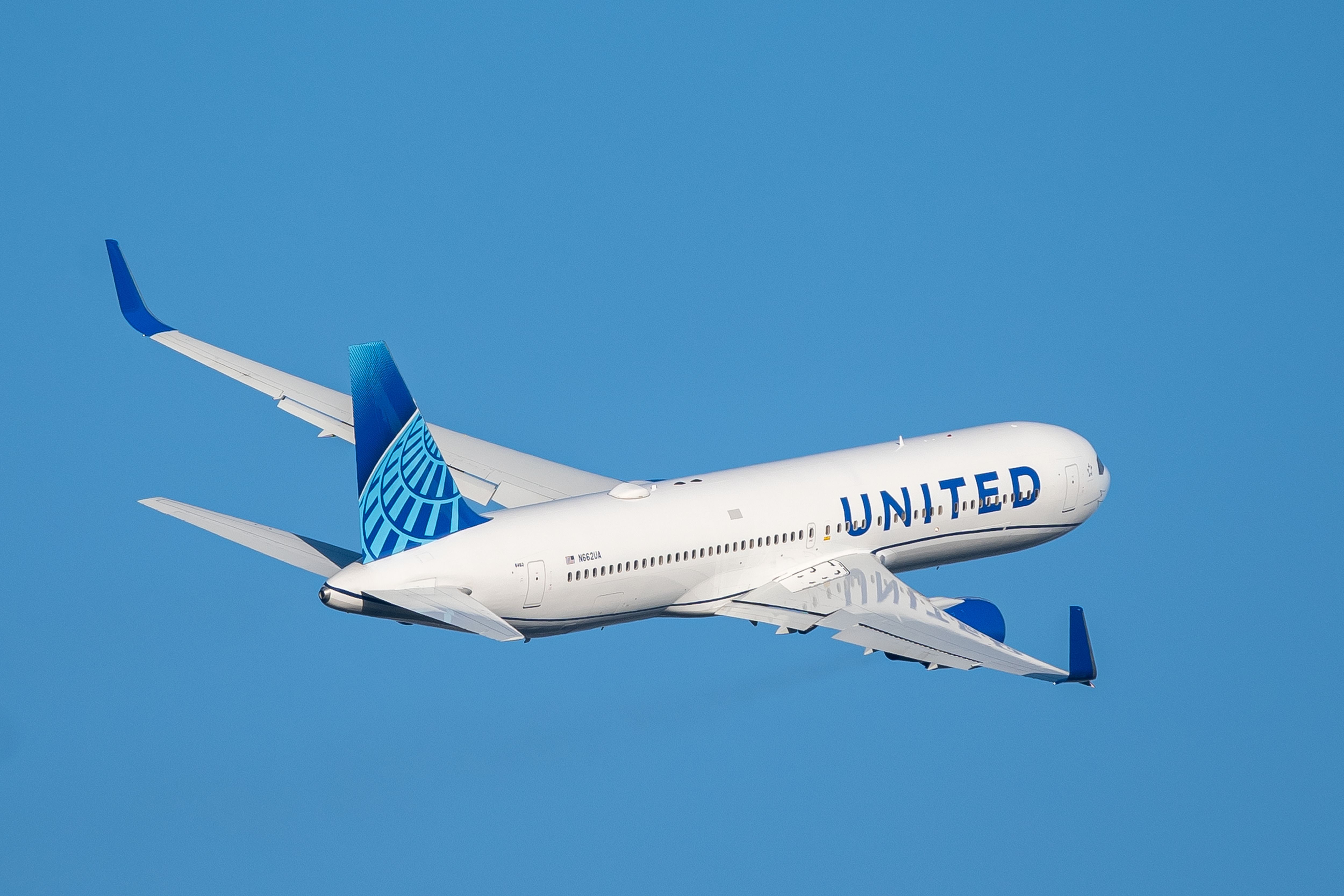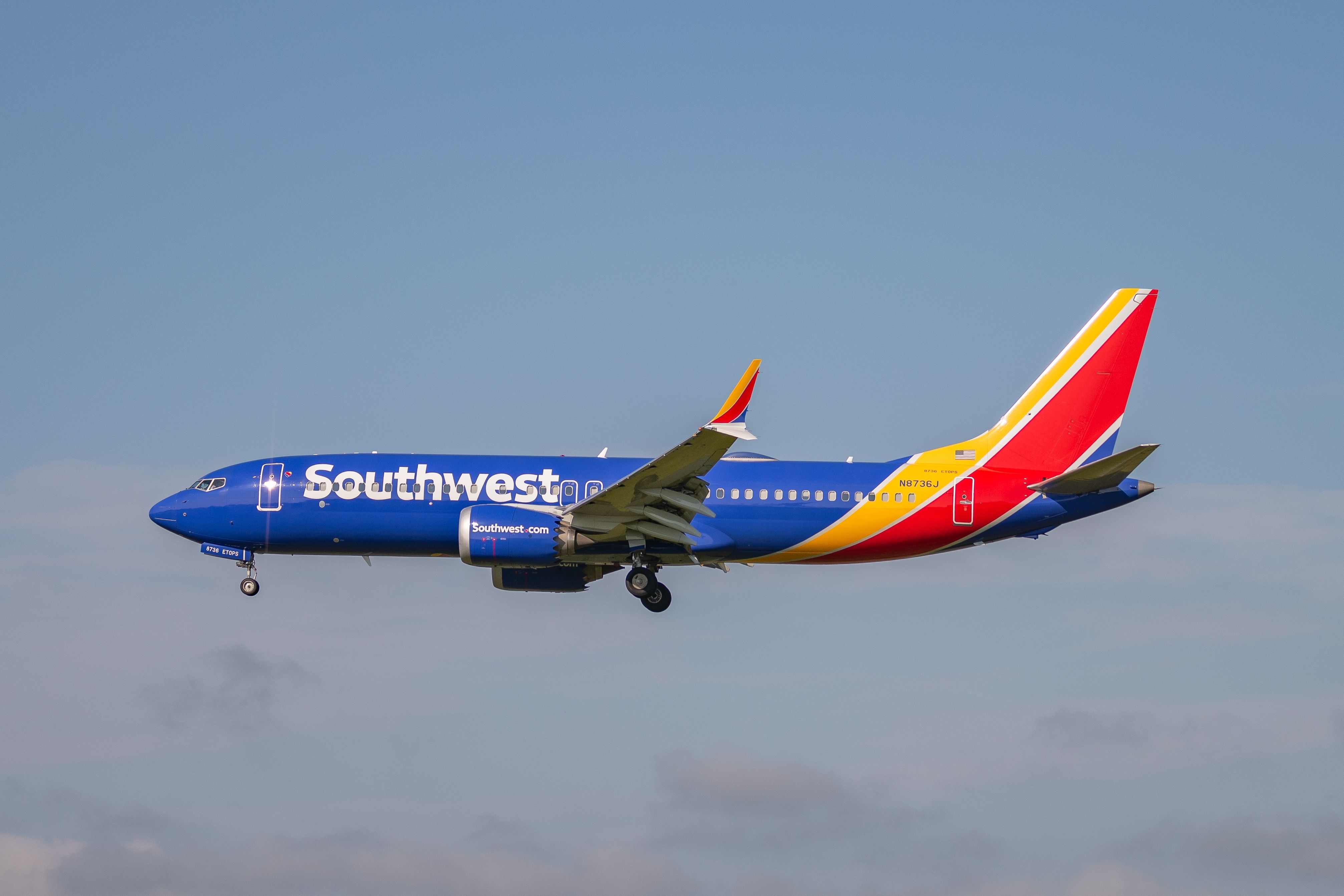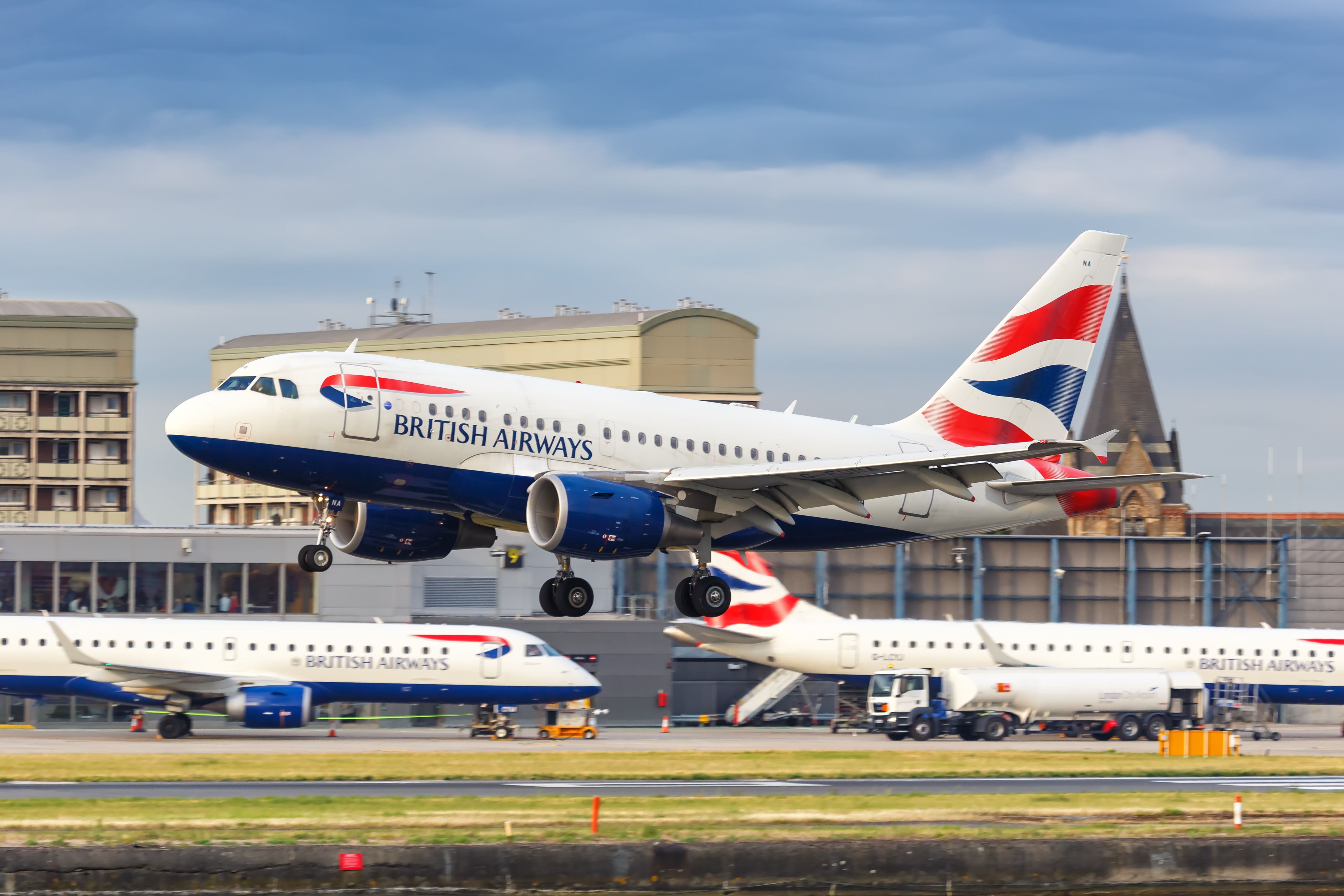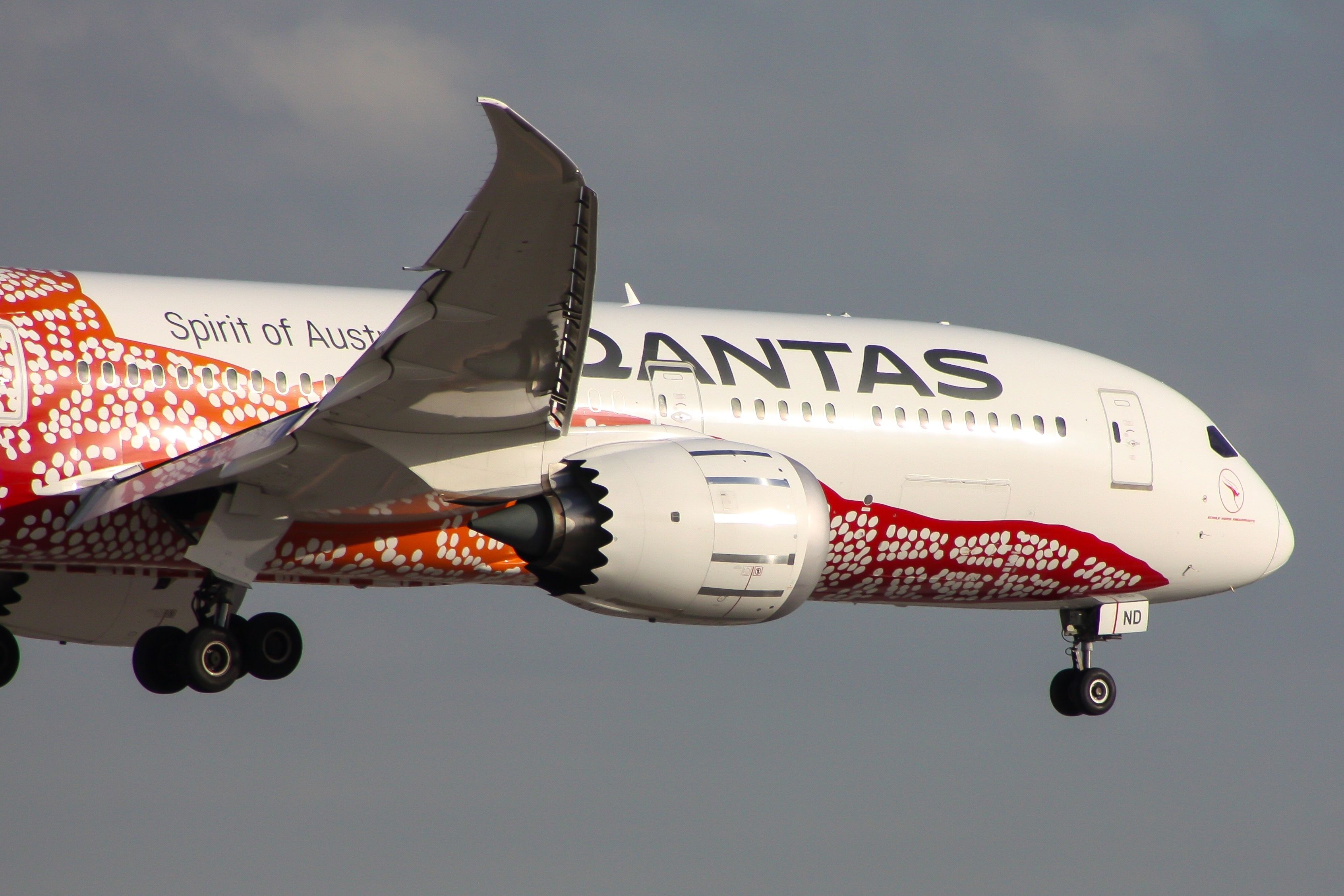A huge part of any price paid for an air fare is the airport taxes
. The taxes are made up of a range of different taxes, and they’re a big part of
what an airline has to pay to get its passengers in the air
. Airport taxes can be a matter of contention not only for passengers, but also for the IATA (for example,
IATA recently slammed Germany for its love of airport taxes
).
1
Some countries have high taxes
The US has an average airport tax of $40
|
Average German tax: |
$42 (2021) |
|---|---|
|
Average US tax: |
$40 (2021) |
|
Average Austrian tax: |
$35 (2021) |
According to Investopedia, some of the notable countries that normally have the highest airport taxes are the United States, United Kingdom, Australia, Germany, and Austria. In 2021, Fiji was noted for having particularly high airport taxes, with an average of around $198. It should also be noted that the actual tax amount varies significantly (e.g., with the ticket class and the airline’s fare).
The average airport tax in the United States was $40, similar to what it is in many European countries (e.g., Austria was $35, Germany was $42, and the Netherlands was $40). Smaller airports typically have lower airport taxes than those in bigger cities. Many airports charge taxes on passengers with connecting flights – although some don’t if the passengers have a connecting flight that is within a specific timeframe.
2
Many many taxes
Approx. 17 airport taxes are levied in the US
|
Passenger Ticket Tax: |
7.5% |
|---|---|
|
International Departure/Arrival Tax: |
$22.10 |
|
September 11th fee: |
$5.60 |
In the US, there are many airport taxes bundled together. According to Airlines for America, some of these include a 7.5% Passenger Ticket Tax (domestic), a 7.5% Frequent Flyer Tax, a $22.10 International Departure Tax, a $22.10 International Arrival Tax, a $5.60 September 11th Fee, a $6.97 Customs User Fee, and many more (some are just cents). In 2023, the TSA received $4.2 billion from the September 11th Fee alone. The introduction of the September 11th Fee is just one of the
many ways September 11 changed aviation forever
.
Photo: Q world | Shutterstock
The TSA states of the September 11th fee, “The Passenger Fee, also known as the September 11 Security Fee, is collected by air carriers from passengers at the time air transportation is purchased. Air carriers then remit the fees to the TSA. The fee is currently $5.60 per one-way trip in air transportation that originates at an airport in the U.S., except that the fee imposed per round trip shall not exceed $11.20.”
3
CAUF & IAPUF fees
Fees for aircraft outside customs territory
|
CAUF: |
$225 per arrival |
|---|---|
|
IAPUF: |
$3.83 per passenger |
|
Notable exception: |
Aircraft with up to 64 seats (per conditions) |
The United States levies the Commercial Aircraft User Fee (CAUF) and International Air Passenger User Fee (IAPUF) for commercial flights arriving in the US from outside its customs territory. The cost is currently $225 per arrival and $3.83 per passenger.
Photo: Dorengo5 | Shutterstock
According to FCC Aviation, “These fees were established by the Animal and Plant Health Inspection Service (APHIS) under the Agricultural Quarantine and Inspection (AQI) program to cover inspection costs. This program aims to prevent entry of pests and adverse diseases and to enable the safe trade of agricultural commodities in the United States.“
4
Environmental taxes
UK environmental taxes range from $9 to $295 per flight
|
Cost: |
$9 to $295 (UK) |
|---|---|
|
Note: |
Half cost for lowest category ticket |
|
Location: |
Particularly in Europe |
Some countries, like the United Kingdom, have introduced taxes to pay for the environmental costs of air travel. The United Kingdom introduced Air Passenger Duty (APD) in 1994, and this has risen massively since then. The UK government states, “On commercial passenger flights, the duty costs from £7 to £224 per flight. There are higher charges for some private passenger planes or charters.” Note the UK introduced some changes in 2024.
Photo: Markus Mainka | Shutterstock
The lowest Air Passenger Duty in the UK for the lowest class of air tickets is £7 (over $9). For flights of up to 2,000 miles, it’s £13 ($17), rising to £92 ($121) for over 5,000 miles (the fee is double for any other class ticket). The IATA states, “In recent years, there has been an increasing trend, particularly within Europe, to tax passengers and airlines for the environmental impact of air travel.”
5
International Departure Taxes
The US charges $22.10 international departure taxes
|
Australia: |
Approx. $50 |
|---|---|
|
United States: |
$22.10 |
|
Mexico: |
$65 |
Many countries charge international departure taxes – for example it is $70 AUD or around $50 USD. “The Passenger Movement Charge (PMC) is an A$70 cost for the departure of a person from Australia to another country regardless of whether the person returns to Australia.“
Photo: Austin Deppe | Shutterstock
Peru charges $30.75 if the person is going to the United States (there are different taxes depending on the destination). According to Airlines for America, the US departure tax is $22.10 (or $22.20, according to Delta). In addition, there are typically arrival taxes to be paid at the destination country.
